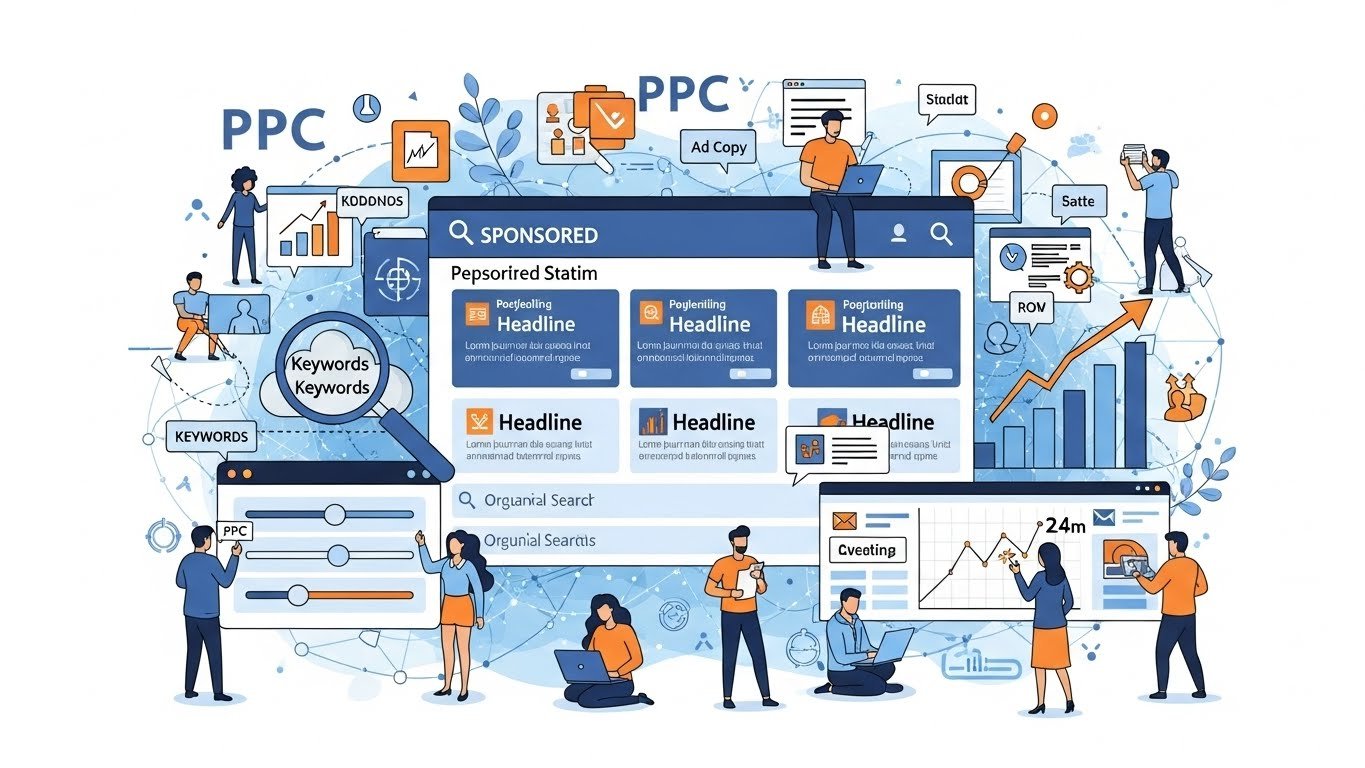In the competitive digital landscape, businesses are constantly looking for innovative ways to capture and convert leads. One powerful strategy that has proven effective is personalization in web development. By tailoring the user experience to individual preferences and behaviors, companies can significantly boost engagement, satisfaction, and lead generation. This blog explores how personalization can be integrated into web application development services to drive lead growth, while also touching on its relevance to Android app development services.
What Is Personalization in Web Development?
Personalization in web development involves customizing a website’s content, layout, or functionality to suit individual users’ needs and preferences. This approach goes beyond a one-size-fits-all model, using data-driven insights to provide users with relevant and engaging experiences.
Key personalization strategies include:
- Dynamic Content Delivery: Displaying content tailored to a user’s location, preferences, or browsing history.
- Behavioral Targeting: Adjusting the user experience based on interactions such as clicks or time spent on specific pages.
- Customized User Interfaces: Offering design variations based on user preferences.
These strategies can be seamlessly implemented within web application development services, creating more engaging and impactful online experiences.
Benefits of Personalization in Web Development for Lead Growth
1. Increased Engagement
Personalized experiences encourage users to spend more time on your site, exploring services and products. By presenting relevant content, businesses can hold users’ attention longer, which improves conversion opportunities.
2. Enhanced Customer Satisfaction
When users feel understood and valued, they are more likely to trust and engage with your brand. This satisfaction often translates into higher lead conversion rates.
3. Higher Conversion Rates
Personalized calls-to-action (CTAs), recommendations, and content significantly increase the likelihood of users taking desired actions, such as signing up for newsletters, requesting quotes, or making purchases.
4. Improved Lead Nurturing
Personalized follow-ups, such as targeted emails or retargeting ads, ensure that leads remain engaged even after leaving your website.
Techniques for Implementing Personalization in Web Development
1. Data Collection and Analysis
Effective personalization starts with gathering and analyzing user data.
- User Profiles: Use registration forms to collect basic information like names, email addresses, and preferences.
- Behavioral Data: Monitor browsing history, clicks, and time spent on pages.
- Feedback Surveys: Collect direct input from users about their preferences and pain points.
Leveraging data collection tools like Google Analytics, HubSpot, or custom dashboards in your web application development services can provide actionable insights.
2. Dynamic Content Personalization
Dynamic content adapts in real-time to the user’s preferences or behaviors. Examples include:
- Product Recommendations: Displaying related items based on a user’s purchase history.
- Geo-Targeted Content: Customizing offers or services based on a user’s location.
- User-Specific Promotions: Offering discounts or deals tailored to individual browsing patterns.
This approach is particularly effective in e-commerce websites and SaaS platforms.
3. Personalized User Interfaces (UI)
A user-centric design can make visitors feel more connected to your platform.
- Theme Selection: Allow users to switch between light and dark modes or select a preferred layout.
- Saved Preferences: Enable users to save settings, ensuring a consistent experience across visits.
- Custom Dashboards: Provide personalized dashboards showing data relevant to the user, such as recent activities or favorite products.
Such features are invaluable in creating engaging web application development services and Android apps.
4. Behavioral Targeting
Behavioral targeting involves adjusting the website’s content and CTAs based on how users interact with the site.
- Triggered Emails: Send reminders about abandoned carts or follow-ups after specific actions.
- Progressive Profiling: Gradually collect more detailed information as users engage more deeply with your platform.
- Content Recommendations: Use machine learning to suggest blog posts, products, or resources based on past interactions.
5. AI and Machine Learning
AI-powered solutions are revolutionizing personalization.
- Chatbots: Provide real-time assistance tailored to individual queries.
- Predictive Analytics: Analyze user data to predict preferences and suggest content accordingly.
- Automated Personalization: Use machine learning algorithms to dynamically adjust site elements for each user.
AI technologies enhance both web application development services and Android app development services, ensuring a seamless experience across platforms.
Tools for Implementing Personalization
Several tools can facilitate personalization in web development:
- CMS Platforms: WordPress, Drupal, and HubSpot offer built-in personalization features.
- Analytics Tools: Google Analytics and Mixpanel provide data for behavioral targeting.
- Personalization Engines: Tools like Optimizely and Dynamic Yield help implement real-time customization.
- CRM Integration: Salesforce and HubSpot CRM support data-driven personalization.
Personalization in Android App Development
While web development focuses on websites, Android app development services also play a critical role in personalization. Here’s how:
1. Push Notifications
Send personalized notifications based on user actions, such as special offers for frequently purchased items or reminders for upcoming events.
2. Location-Based Services
Utilize GPS to offer location-specific recommendations, such as nearby stores or localized content.
3. Adaptive Interfaces
Allow users to customize app layouts, themes, or navigation based on their preferences.
4. In-App Messaging
Provide targeted messages and suggestions to guide users through the app and highlight features relevant to their needs.
Case Studies: Success with Personalization
Amazon
Amazon’s personalized product recommendations, based on browsing and purchase history, have been instrumental in driving sales and retaining customers.
Netflix
Netflix uses AI-driven algorithms to suggest shows and movies tailored to individual viewing habits, enhancing user satisfaction and engagement.
Spotify
Spotify’s personalized playlists, such as “Discover Weekly,” create a highly engaging user experience by offering content that aligns with listeners’ tastes.
Best Practices for Personalization in Web Development
- Start Small: Implement basic personalization features, such as recommended products or location-based content, before expanding to advanced AI-driven strategies.
- Prioritize Data Privacy: Ensure compliance with GDPR, CCPA, and other data protection regulations to build trust with users.
- Monitor Performance: Continuously measure the impact of personalization efforts on engagement, lead generation, and conversions.
- Focus on Mobile Users: Given the dominance of mobile devices, ensure that personalization features are optimized for smartphones and tablets.
Challenges in Implementing Personalization
1. Data Overload
Managing and analyzing large volumes of user data can be overwhelming without proper tools and strategies.
2. Balancing Personalization and Privacy
While personalization requires data, respecting user privacy is critical. Transparent policies and opt-in options are essential.
3. Technical Complexity
Integrating advanced personalization features, such as AI and predictive analytics, can be technically demanding. Partnering with experienced web application development services providers can help overcome these challenges.
Conclusion
Personalization in web development is no longer optional—it’s a necessity for businesses aiming to grow their leads and conversions. By delivering tailored experiences through web application development services and extending these strategies to Android app development services, businesses can create deeper connections with their users.
From data collection and dynamic content to AI-driven insights and mobile app personalization, the possibilities are vast. As companies continue to refine their approaches to personalization, they will find themselves better positioned to capture, nurture, and convert leads in today’s competitive digital marketplace.












Leave a Reply